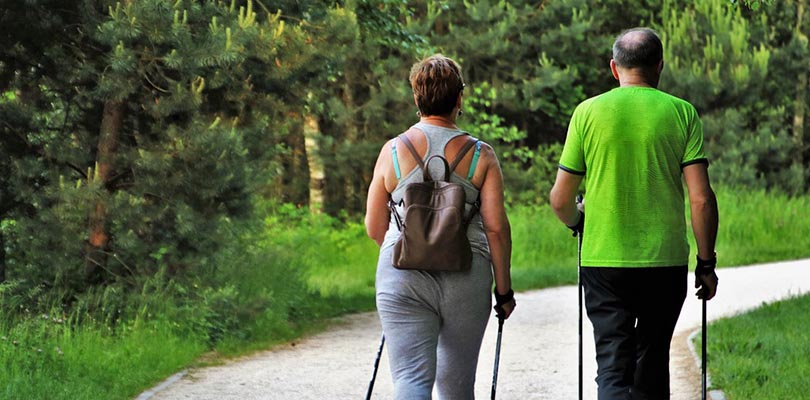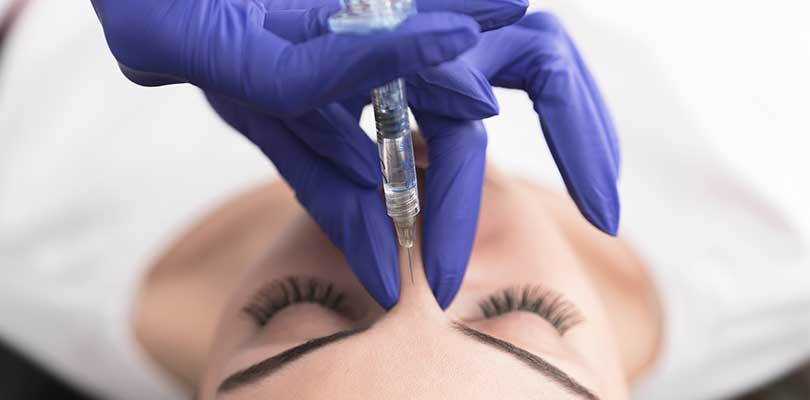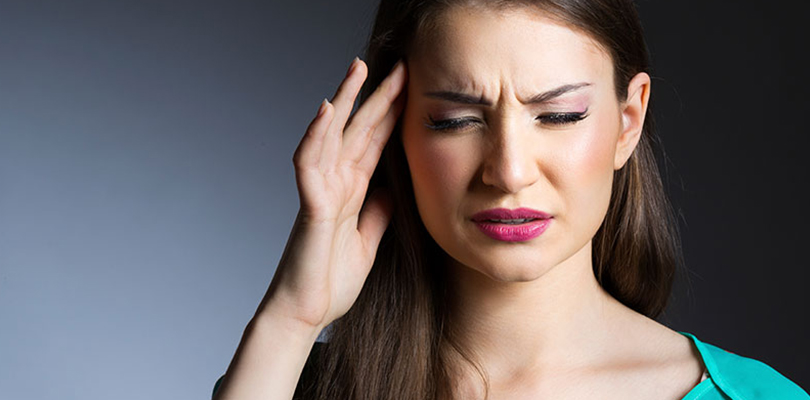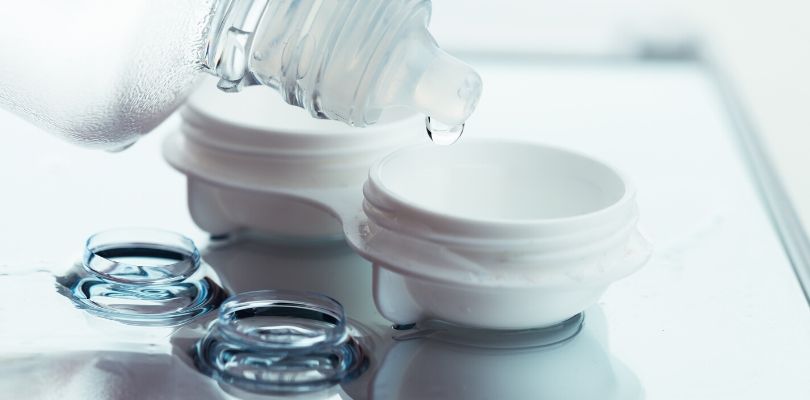Senior Fall Prevention Tips
September 22 marks the 10th Annual National Falls Prevention Awareness Day. The National Council on Aging (NCOA) encourages everyone especially older adults and caregivers in raising awareness and preventing falls.
Each year over 300,000 people ages 65 and older and hospitalized for hip fractures. 95 percent of these hip fractures are caused by falling. This is why falls are considered the biggest threat to senior health and safety. It is the leading cause of fatal injury among the elderly.
While falling, tripping, or slipping can occur at any age, older people are at higher risk because of chronic conditions that can cause dizziness, poor vision, reduction in muscle mass, and medications that can affect a person’s sense of balance.
A simple fall can result in serious consequences like traumatic brain injuries. Head injuries from falls can cause bleeding in the brain that can affect bodily function or even lead to death.
“Any older adult who falls is at risk of losing independence, and that is the number one goal of fall prevention, to keep people independent, to keep them in their homes, to allow them to age in place,” says Regina Gongoll, Program Manager at Fall Prevention Center of Excellence.
The risks and consequences of falling are high. This is why many seniors and caregivers are interested in fall prevention that involves a variety of actions that can prevent accidental falls suffered by older people.
Fall Safety can Begin with a Check-Up
According to John Hopkins Medicine, falls rarely happen without warning. Seniors who show signs of instability, unsteadiness walking, vision problems, and experience lightheadedness after taking medication should report these concerns to their doctor.
Have you ever asked yourself, "what are dentures and dental implants?" In this article, we're looking at different types, issues, and overwhelming benefits.
These fall risks can be reduced with solutions like being prescribed a new set of eyeglasses, physical regimen, or change in medication. It is a good idea to ask a pharmacist to review medications on a regular basis. This can help reduce interactions or side effects that can lower alertness and sense of balance.
Aging.com recommends that older adults should also have their physical well-being checked far more often than younger adults, get into the habit of listening to their body, and consulting with a doctor about any unexpected symptom.
Reduce Fall Risks With Simple Steps
Taking steps to increase safety at home for seniors should not always mean a full-blown remodeling or renovation. They can begin with smaller and more affordable steps. Here are some of them:
- Improve lighting. Simple changes such as increasing the watts of light bulbs to 100 can make things easier to see for the elderly and prevent indoor falls. Make flashlights accessible in parts of the home such as near the bed to discourage walking in the dark in case of a power outage or other emergencies.
- Mark thresholds with red tape. According to AARP, red captures the brain’s attention and forces the eye to look down, helping to prevent trips. Edges of steps, coffee tables, and doorways can also be outlined with colored tape to help prevent bumps and bruises. These colored tapes can act as visual cues in discerning where on step ends and where the next step begins.
- Stay on your feet with non-slip mats. Non-skid mats are an easy and affordable way to prevent falling. They can provide extra traction when standing up or sitting down in the toilet, bathroom, and kitchen. Alternately, replace old throw rugs that can cause tripping with new ones that are secure from moving.
- Practice mindfulness. Being mindful and paying attention to the body before sitting, standing, or lying down does not cost anything but can play a big role in safety. Observe how you feel before and after changing positions such as dizziness. Pay attention to movements during everyday task and avoid distractions that increase the chance of an accident.
- Increase peace of mind. Fear of falling among seniors can also be considered a risk itself. Anxiety can reduce quality of life and make aging-in-place less enjoyable. Emergency alert systems can increase peace of mind and confidence that when a fall occurs, help or assistance is only a push of a button away.
Fear of falling shouldn't keep seniors from living their life. Being aware of risk-factors can empower older adults to create a safe environment for themselves.
While a fall can still happen even with all the necessary precautions, seniors can still ensure safety with the right tools to get help immediately and alert responders of important health information by wearing medical identification jewelry.







